Mastering the Lagrange Error Bound for Reliable Function Approximations
The Lagrange Error Bound estimates the maximum error in approximating a function with a Taylor polynomial. It provides a way to measure the accuracy of polynomial approximations by evaluating the difference between the true function and its approximation. This bound is crucial in fields like numerical analysis and calculus, where precise error estimation ensures reliable function approximations in scientific and engineering applications.

The Lagrange Error Bound provides an upper limit for the error when approximating a function \( f(x) \) with a Taylor polynomial. Given a Taylor series centered at \( a \), the error bound for approximating \( f(x) \) by an \( n \)-degree Taylor polynomial \( P_n(x) \) is represented by \( R_n(x) \), the remainder term:
\( [
|R_n(x)| \leq \frac{M |x – a|^{n+1}}{(n+1)!}
] \)
Here, \( M \) is the maximum value of the absolute value of the \( (n+1) \)-th derivative of \( f(x) \) on the interval between \( a \) and \( x \). This bound quantifies the potential error, helping to determine how closely \( P_n(x) \) approximates \( f(x) \) at a specific point. In practice, the Lagrange Error Bound is essential in calculus and numerical methods, enabling mathematicians to control approximation errors effectively, especially in fields requiring high precision, such as engineering and physics.
Consider approximating \( f(x) = e^x \) at \( x = 0.5 \) using the second-degree Taylor polynomial centered at \( a = 0 \):
\( [
P_2(x) = 1 + x + \frac{x^2}{2}
] \)
To find the error, apply the Lagrange Error Bound. Here, the third derivative of \( e^x \) is \( e^x \), and the maximum value on \([0, 0.5]\) is \( e^{0.5} \approx 1.65 \).
Using \( M = 1.65 \), \( n = 2 \), and \( x = 0.5 \), we get:
\( [
|R_2(0.5)| \leq \frac{1.65 \cdot (0.5)^3}{3!} \approx 0.034
] \)
Thus, the error in approximating \( e^{0.5} \) with \( P_2(0.5) \) is at most \( 0.034 \), providing a reliable accuracy check for this approximation.
Related to This Article
More math articles
- Top 10 3rd Grade SBAC Math Practice Questions
- AFOQT Math Formulas
- Algebra Puzzle – Challenge 57
- How to Prepare for the HiSET Math Test?
- The Best ALEKS Math Worksheets: FREE & Printable
- Geometry in Action: Crafting the Circumscribed Circle of a Triangle
- HSPT Math-Test Day Tips
- Why Privacy Needs Math: A Student’s Guide to Staying Safe Online
- How to Deciphering the Sequence: A Comprehensive Guide to Consecutive Numbers
- What Kind of Math Is Taught in 10th Grade?
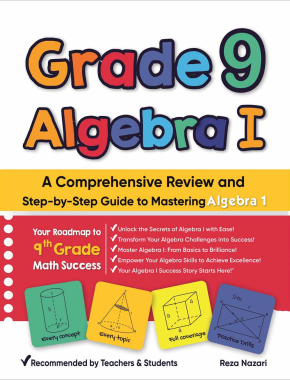
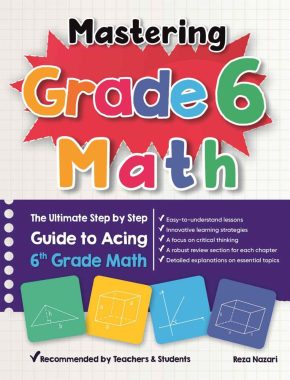
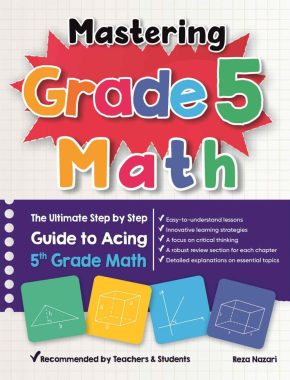
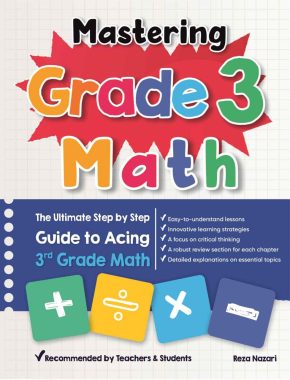
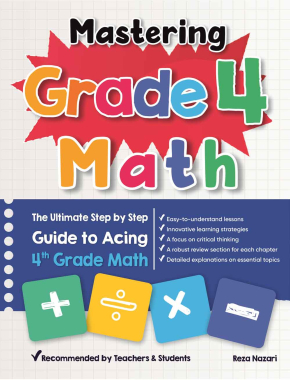
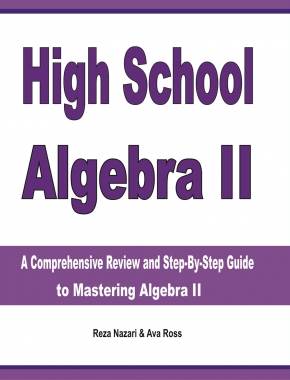
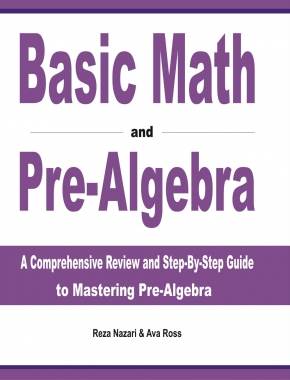
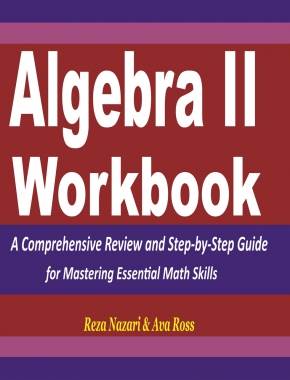

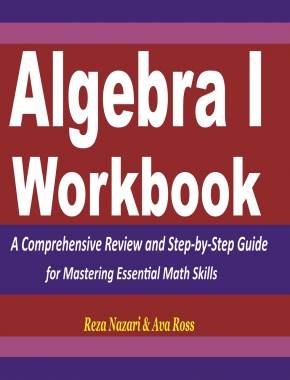
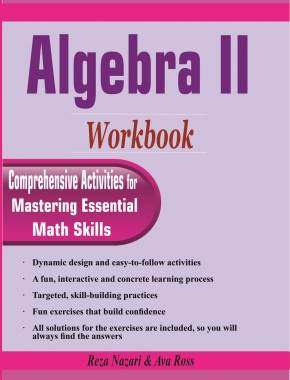















What people say about "Mastering the Lagrange Error Bound for Reliable Function Approximations - Effortless Math: We Help Students Learn to LOVE Mathematics"?
No one replied yet.